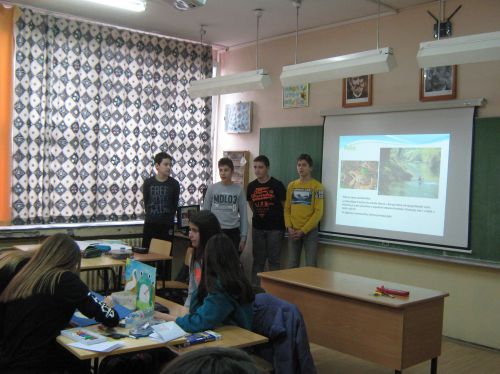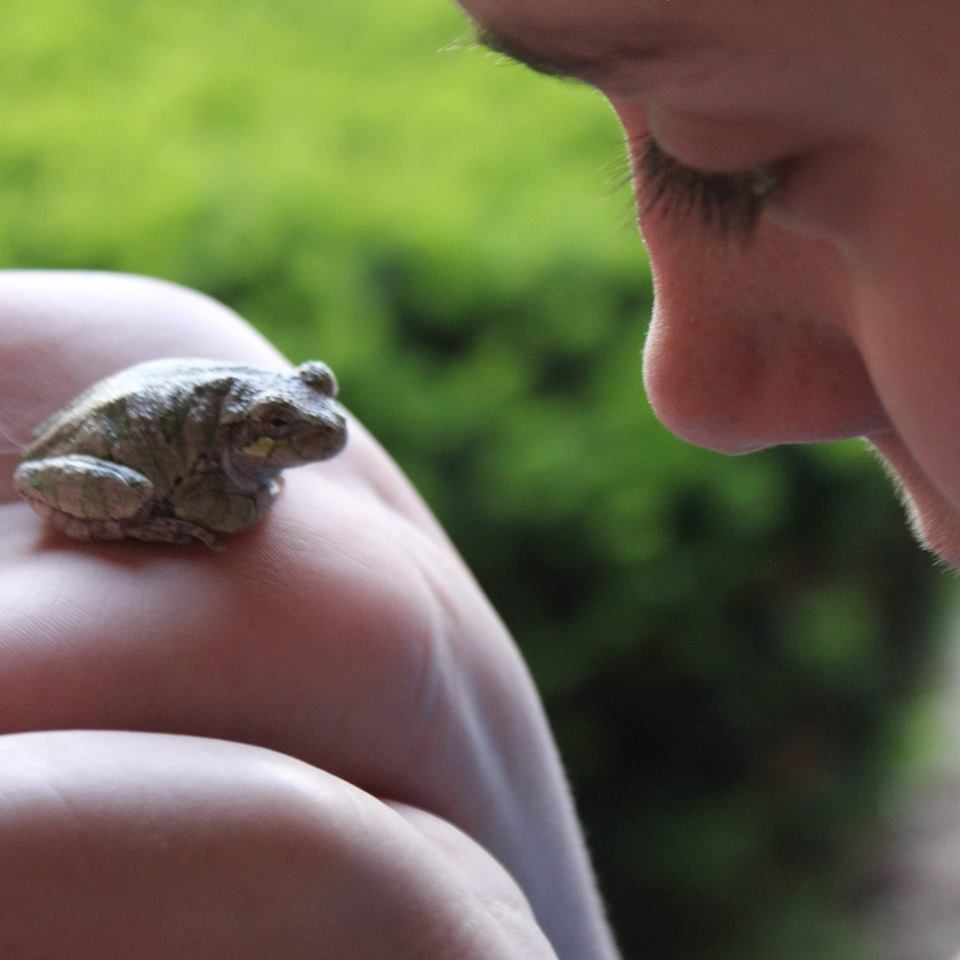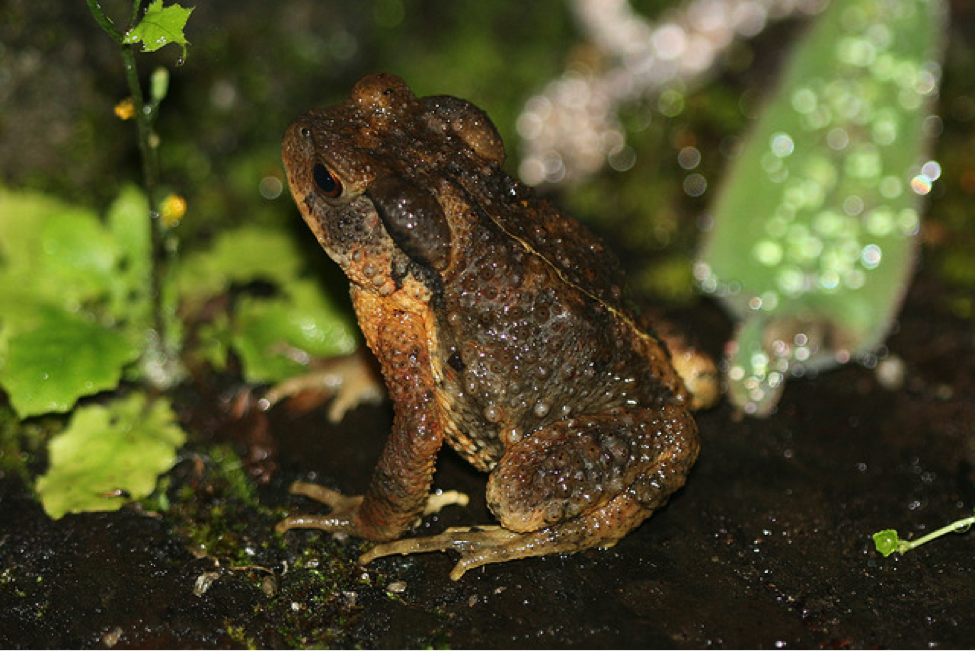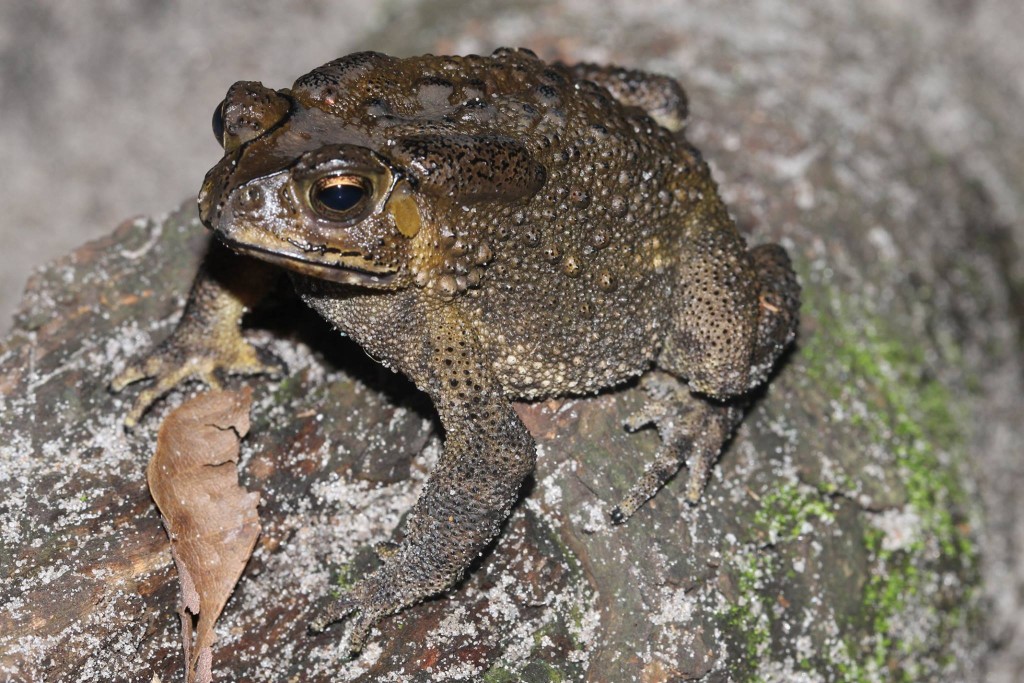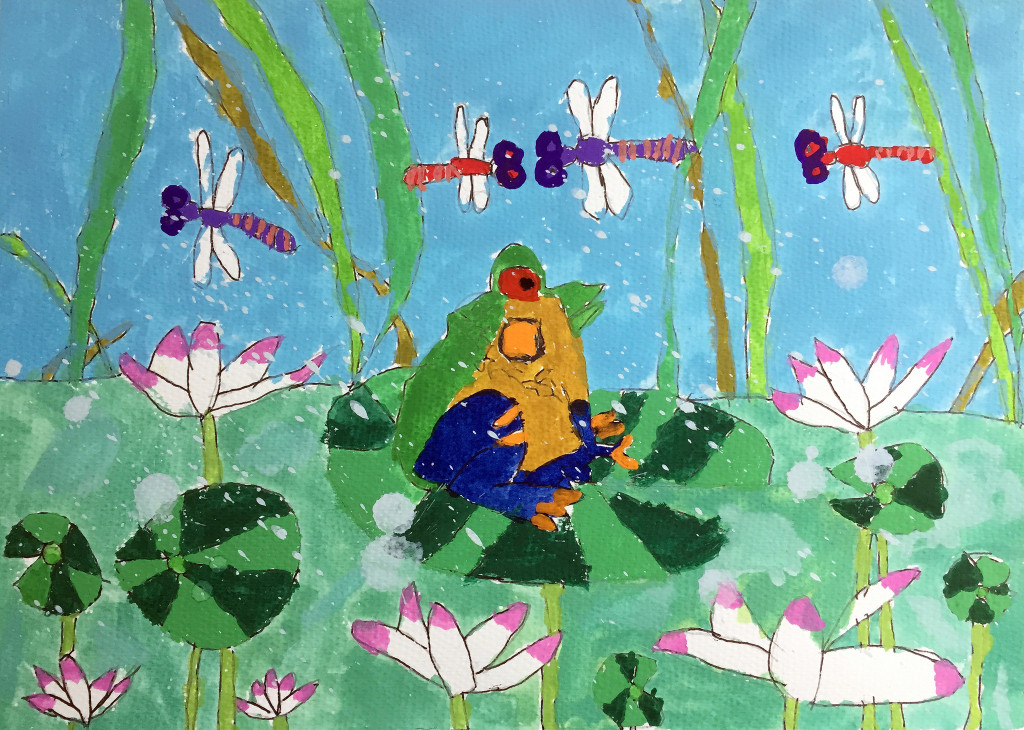What’s that croaking under the Ice? It’s Winter frogs!
by Matt Ellerbeck – Frog Conservationist
When one thinks of encountering wildlife in Ontario, the winter months don’t exactly spring to mind. With the cold temperatures and often considerable snow-pact, many animals are hunkered down. This is especially true for (most) reptiles and amphibians. However, over the last few years I have had the opportunity to observe several frogs during the winter months. This includes several Leopard Frogs (Lithobates pipiens) and one Green Frog (Lithobates clamitans).
Both of these frog species are semi-aquatic and often over-winter in streams or other bodies of water that do not freeze to the bottom. Another important attribute of over-wintering sites is highly oxygenated water, that can keep the frogs from suffocating. Just enough oxygen can be absorbed into the frogs permeable skins to allow them to survive such conditions.
This is why frogs do not fully submerge themselves into the substrates of ponds and creeks, when over-wintering as such burials would prevent this oxygen exchange from occurring.
All the frogs I observed in the winter were in creeks/streams with some current. Often several areas of the water were ice-free. Sometimes the frogs could be see moving around very slowly under the ice. This is why the term over-wintering is appropriate for these animals, as it is not a true hibernation due to the frogs sometimes being active (no matter how lethargic it be).
Seeing a frog in such an environment is an amazing experience!
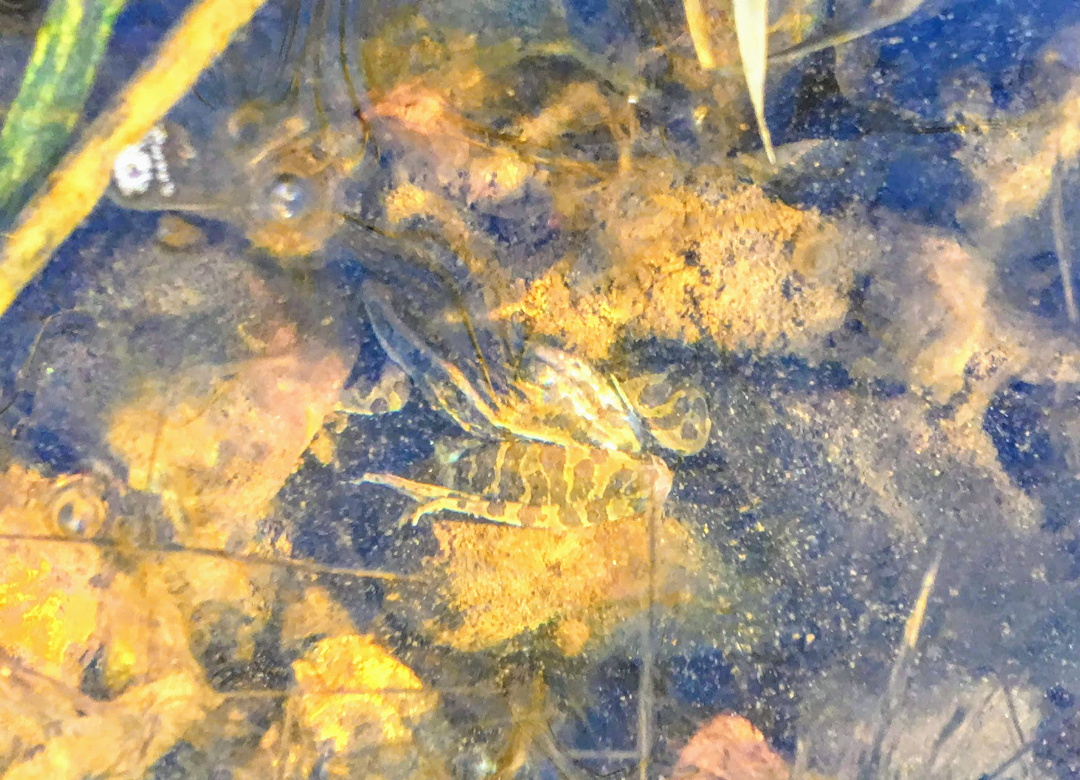
Leopard Frog observed under a thin layer of ice.
Frogs, being ectothermic, are not usually thought of as an animal that can be active during the winter months, but this fact emphasizes the amazing abilities of frogs to survive in such intense and cold climates.
Although frogs can endure harsh northern winters, they still have a host of other threats that they face. To learn more about the conservation concerns that frog face and how you can help, please visit: www.saveallfrogs.com
—
Matt Ellerbeck
Frog Advocate & Conservationist
mattellerbeck@frogconservation101.com
www.frogconservation101.com
613-349-2947


